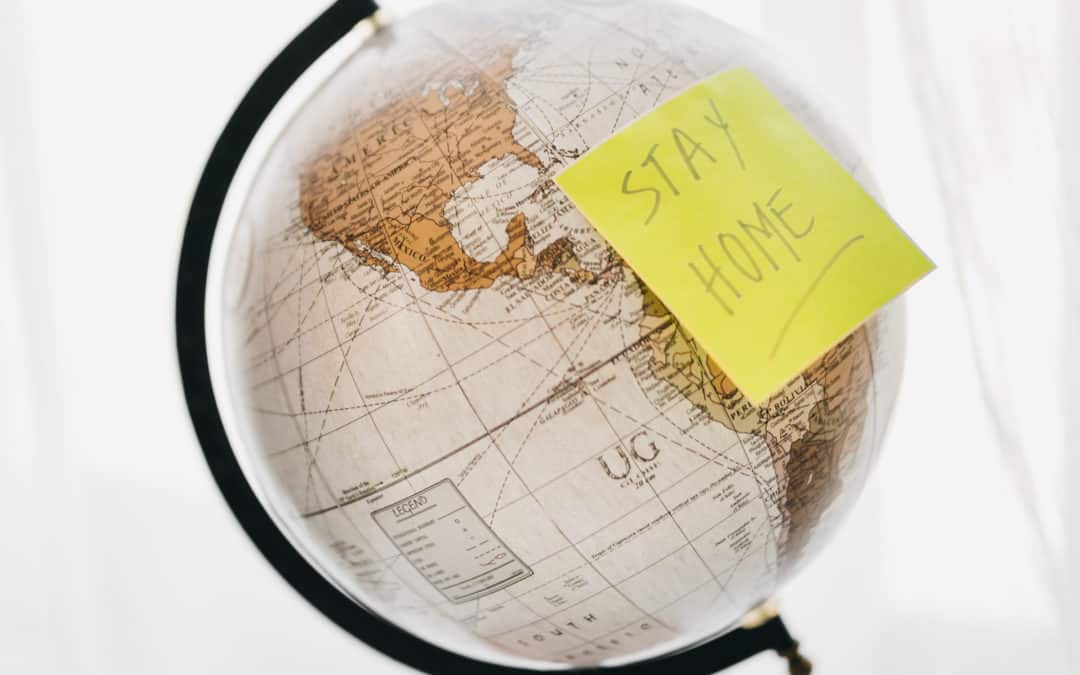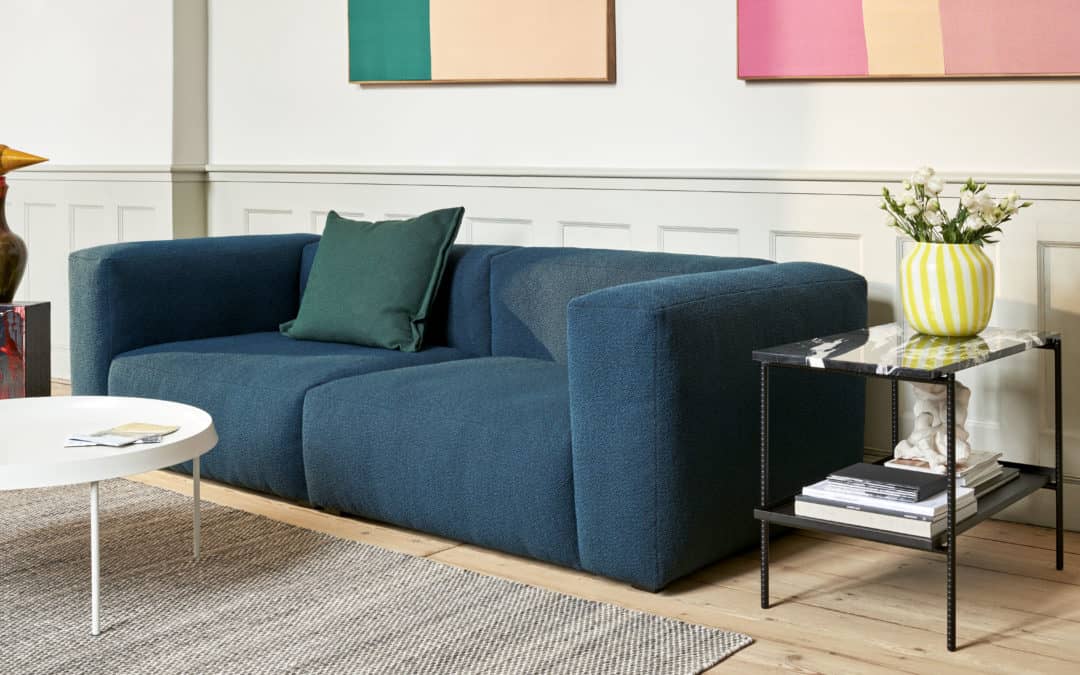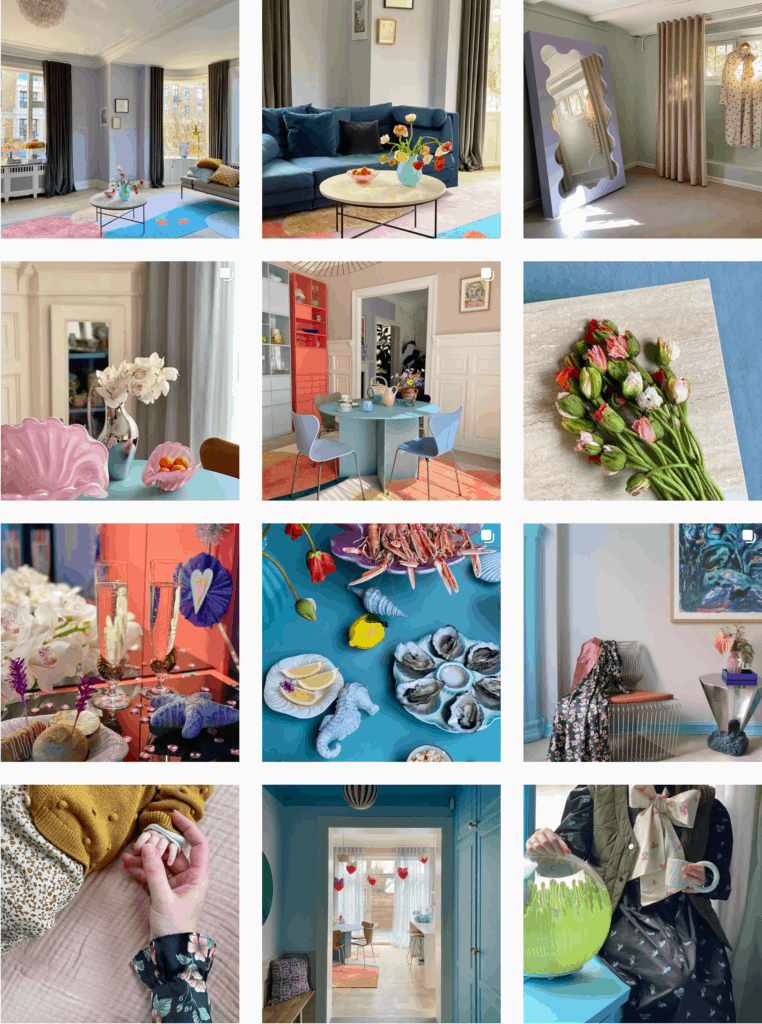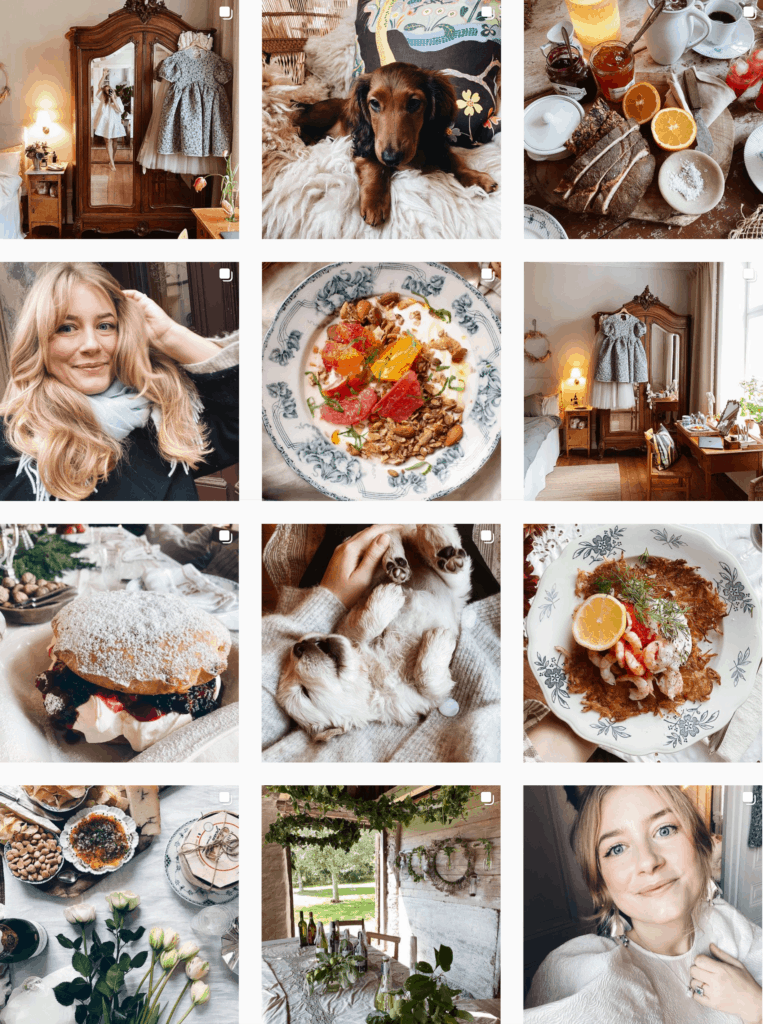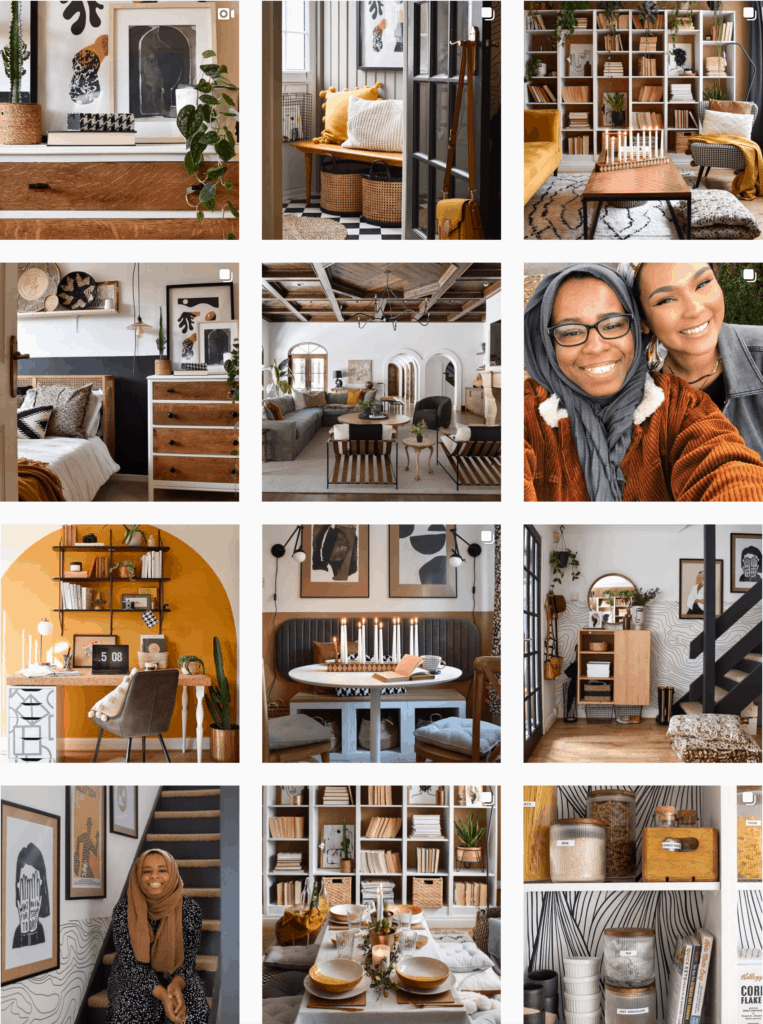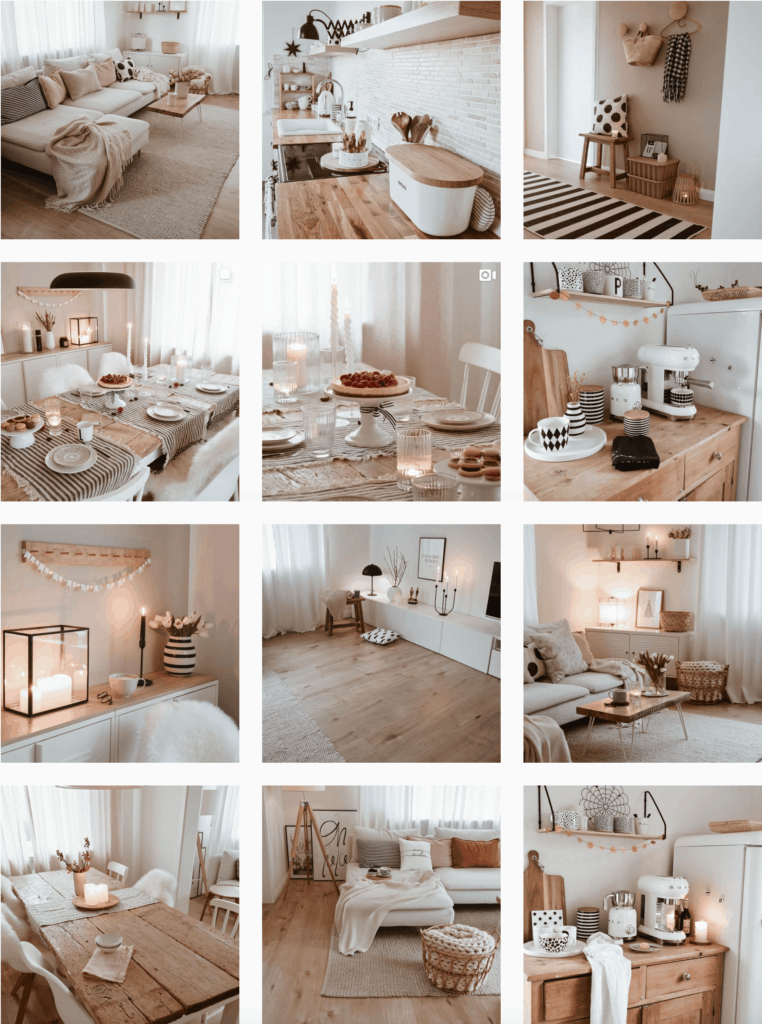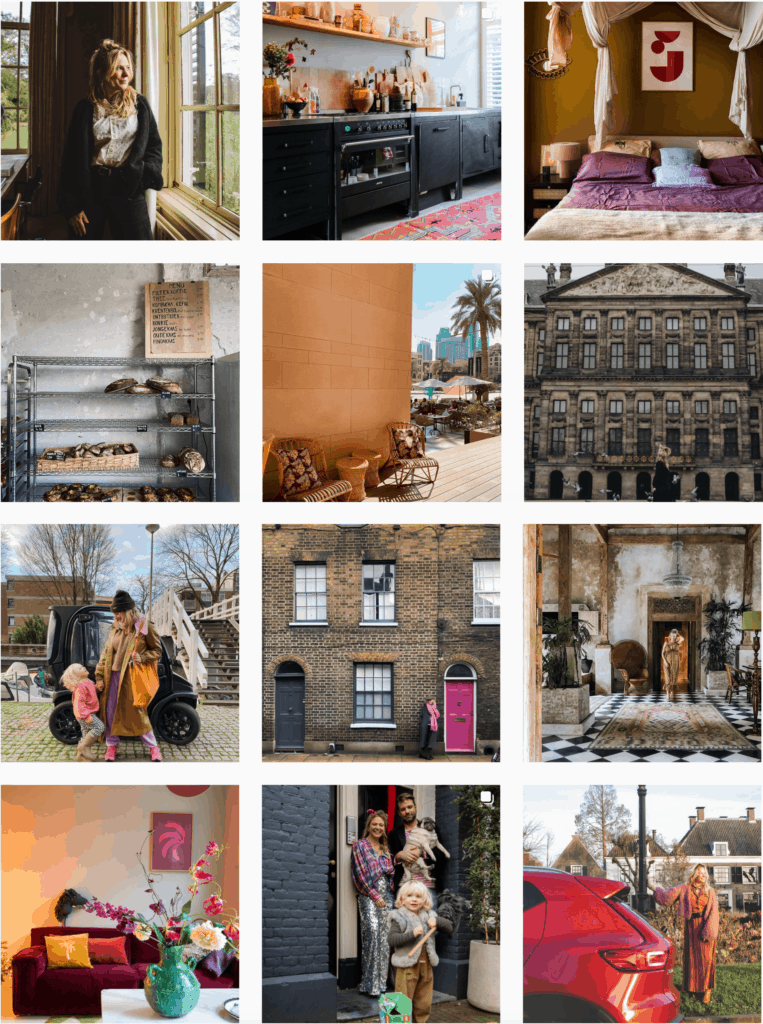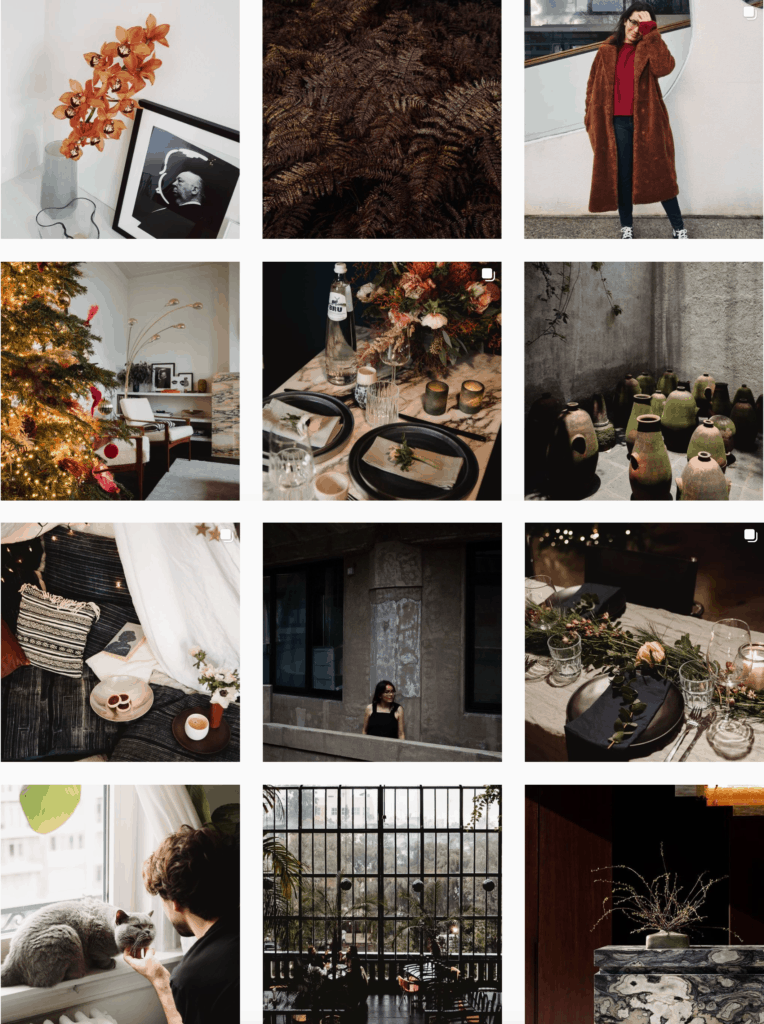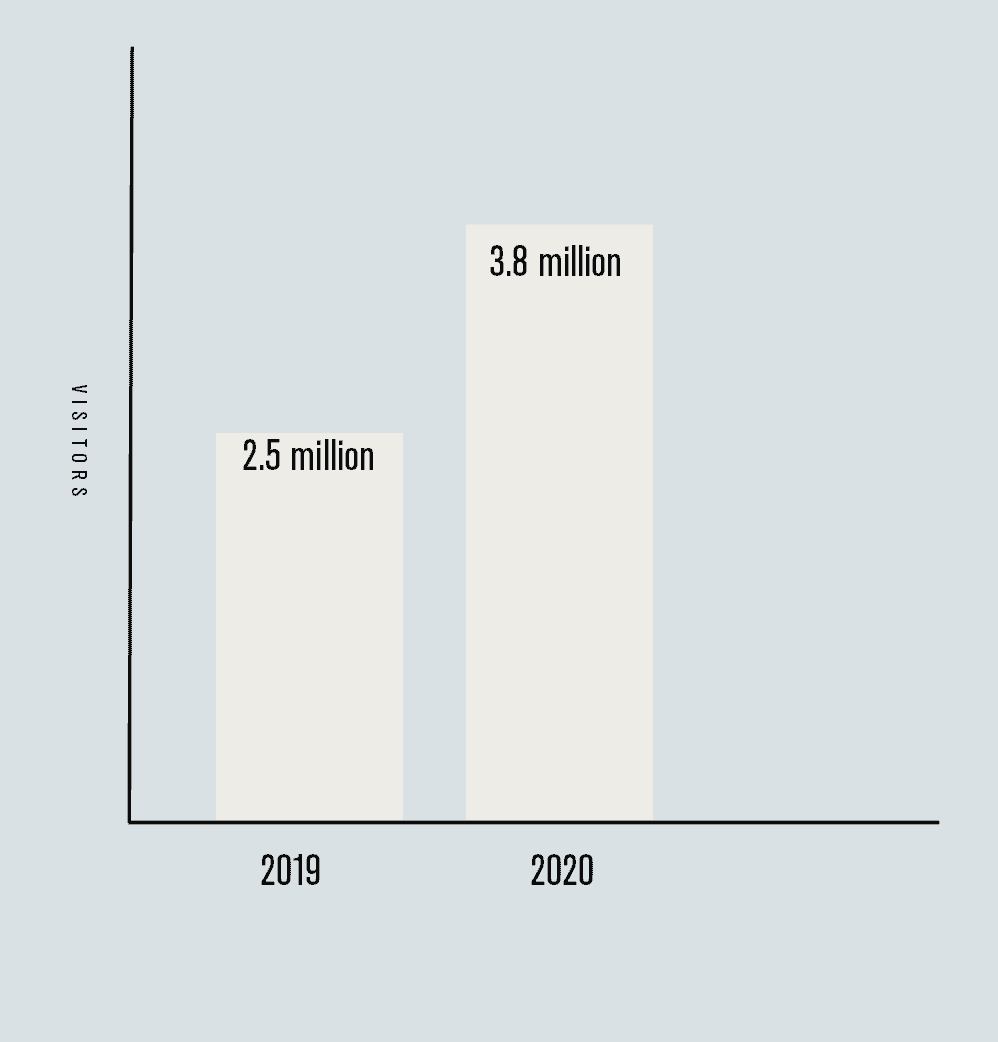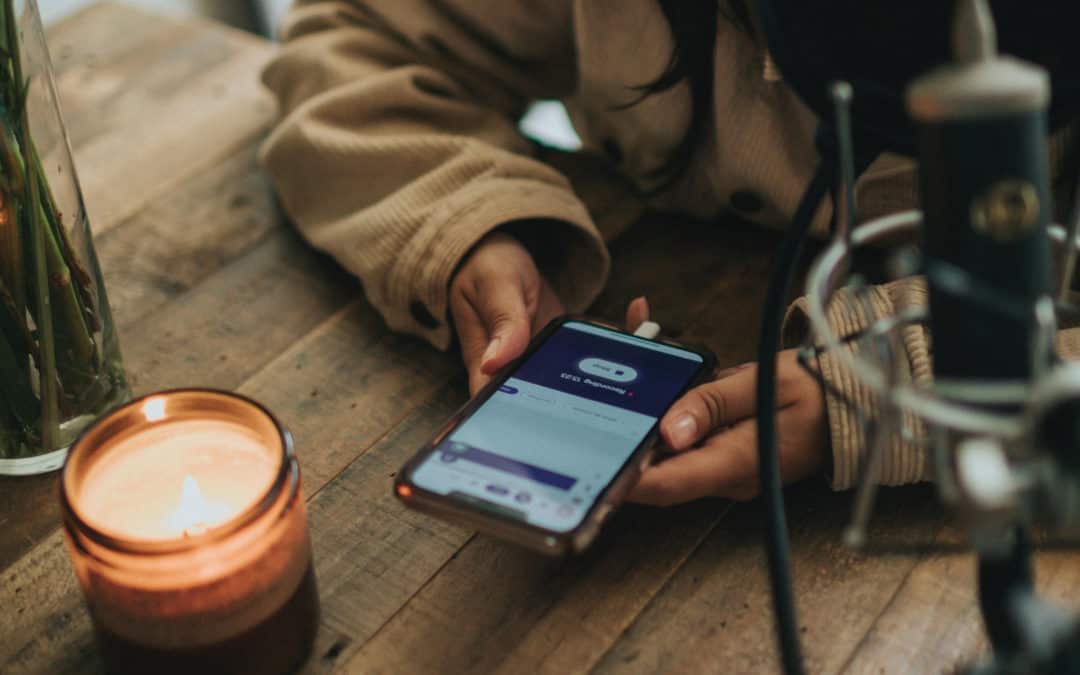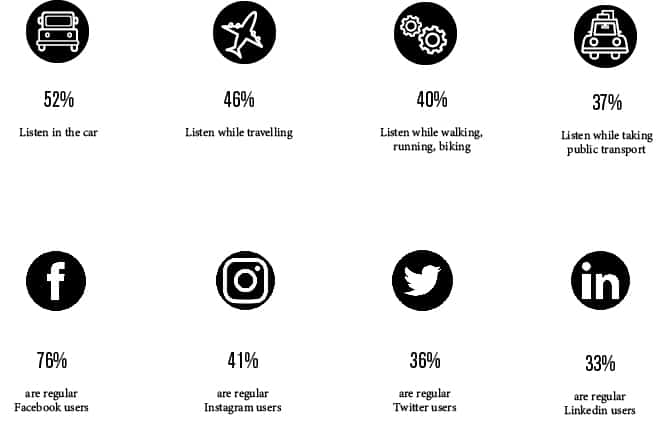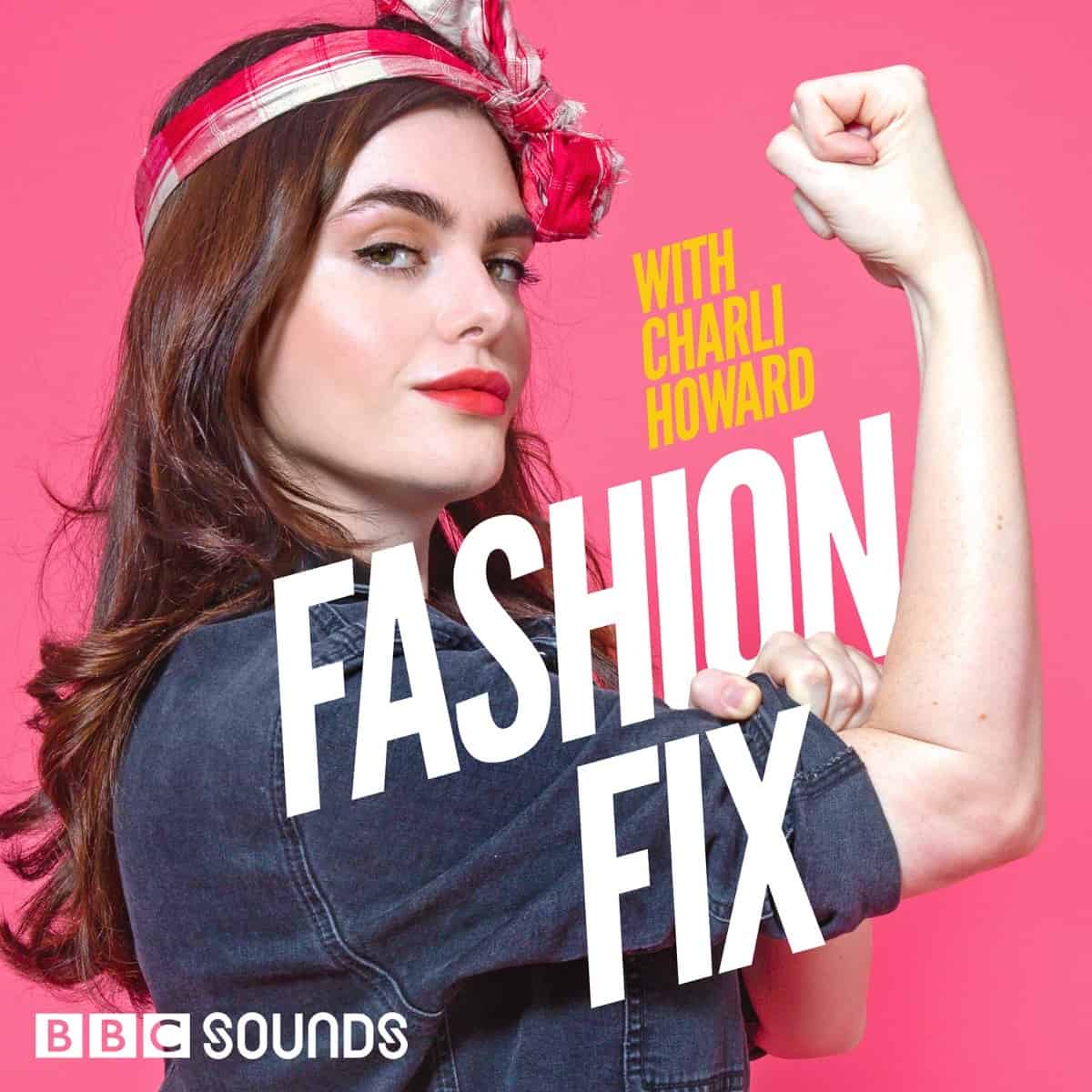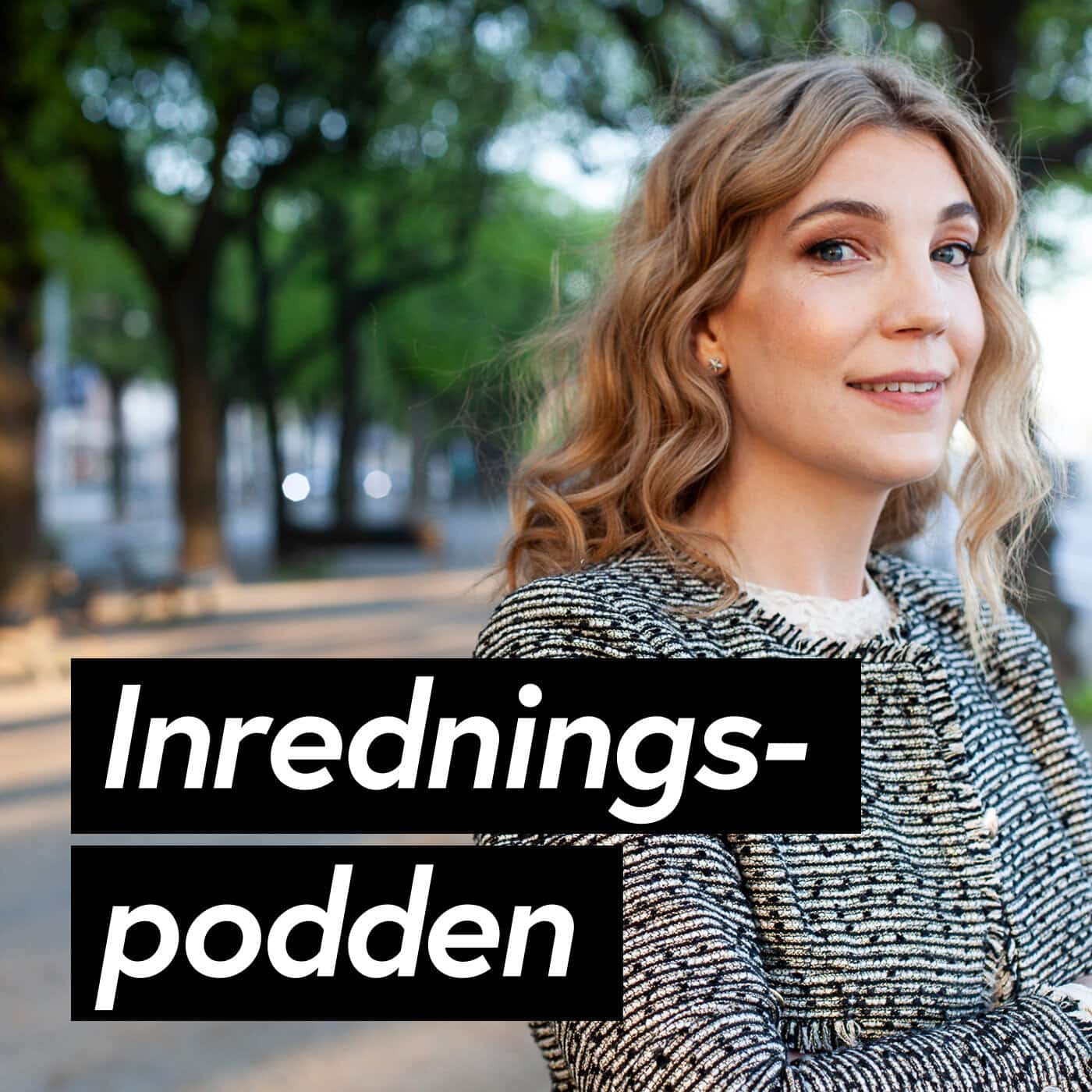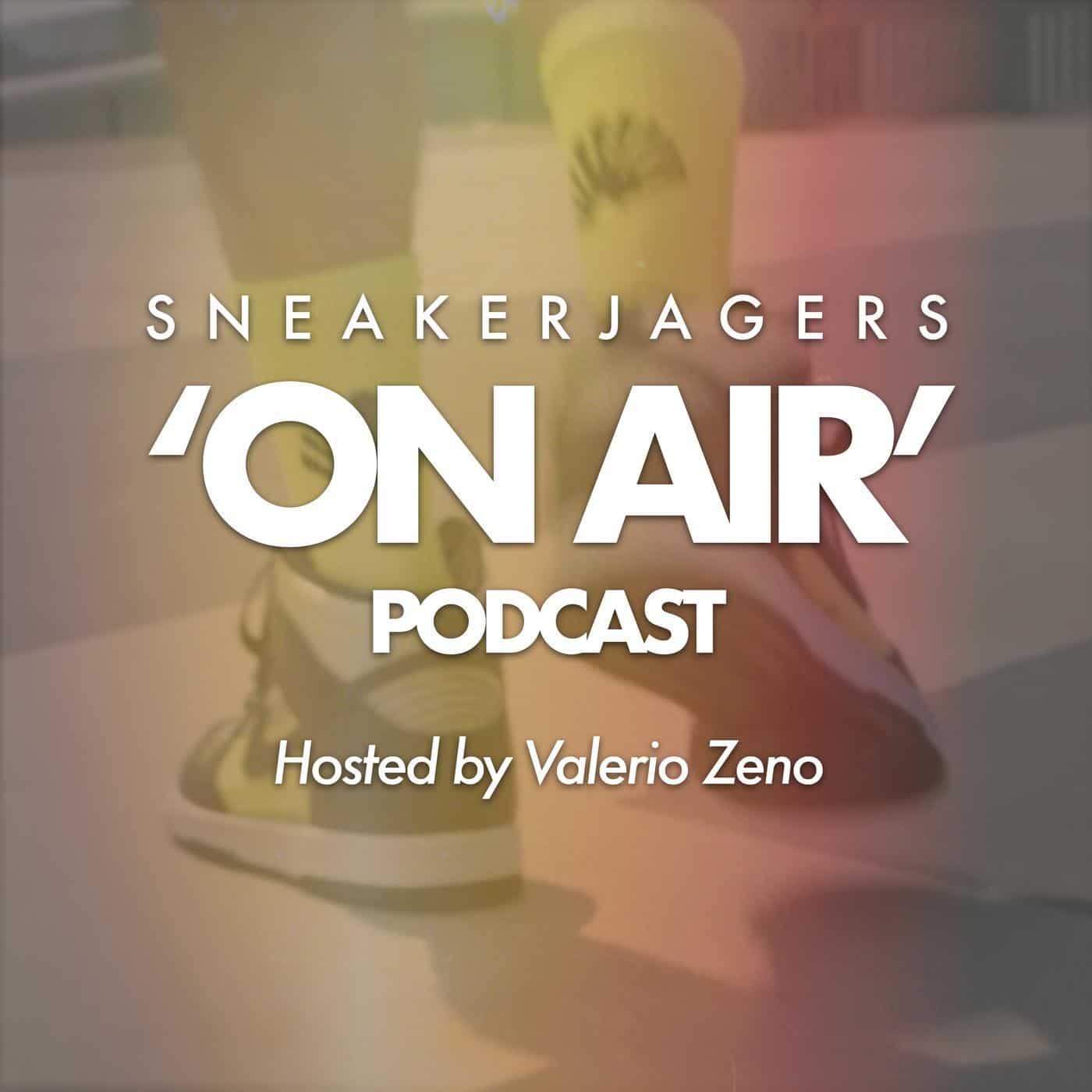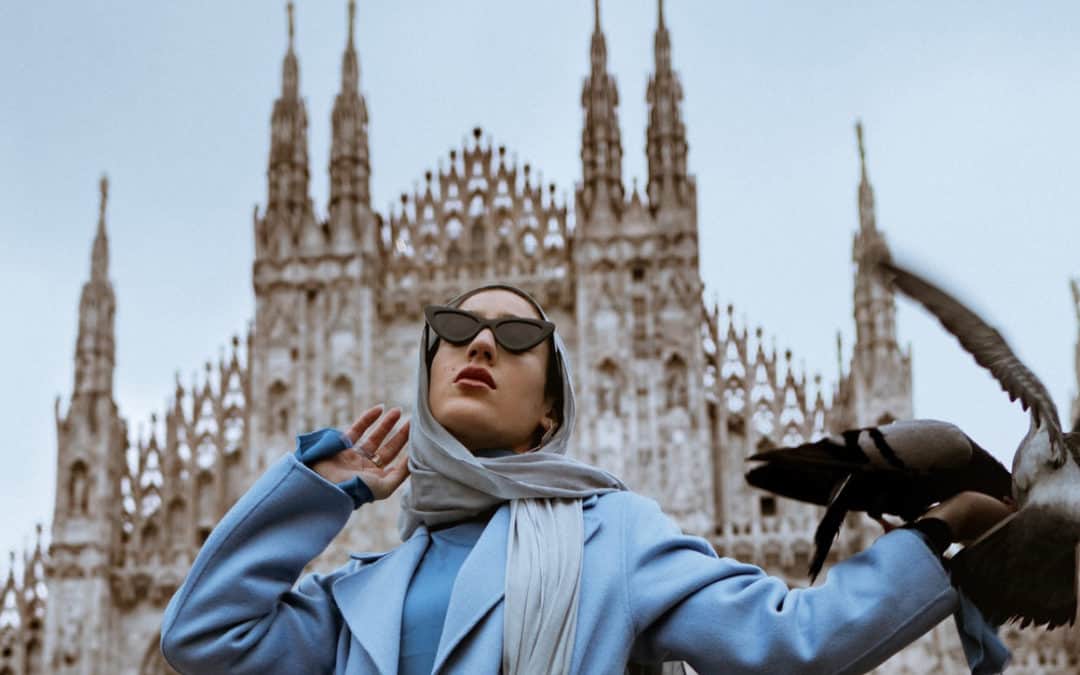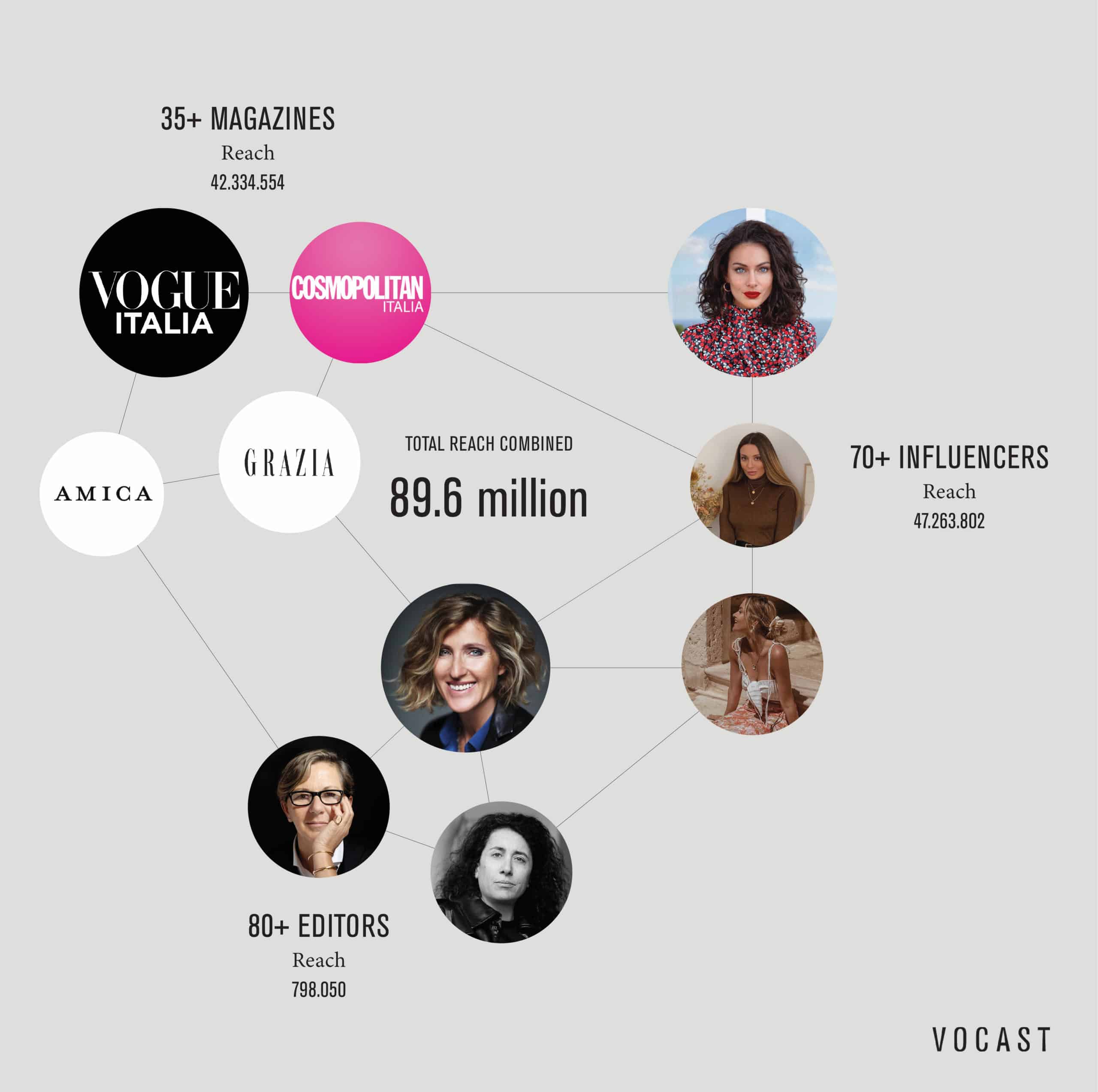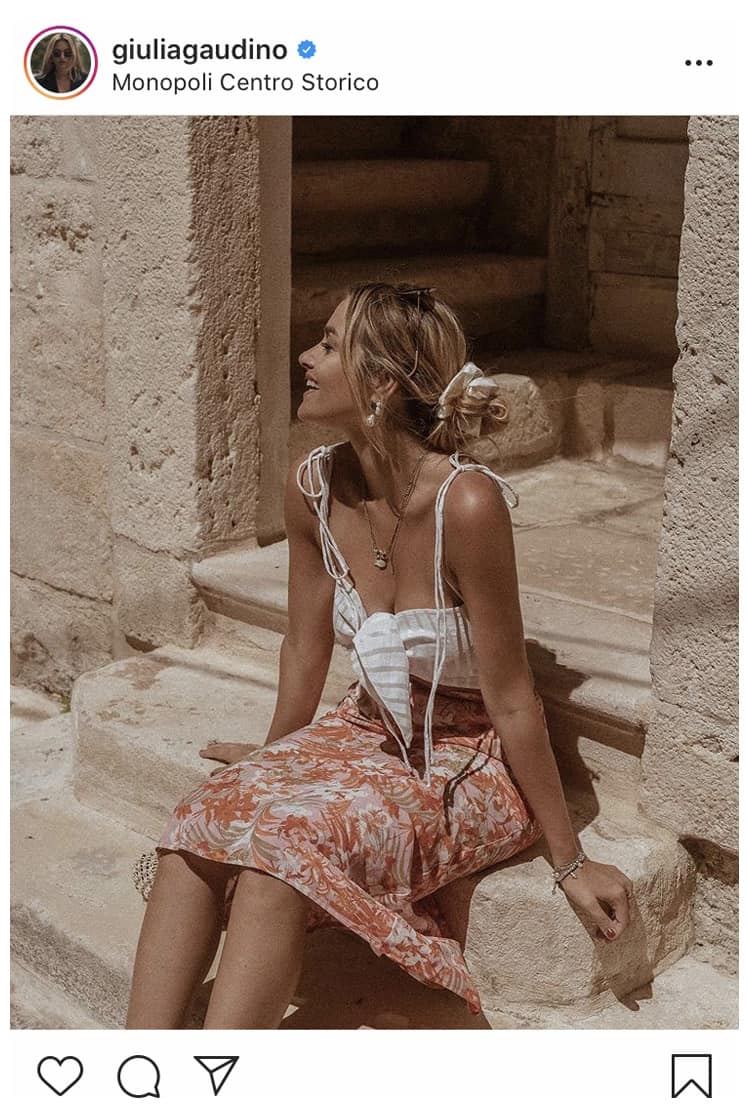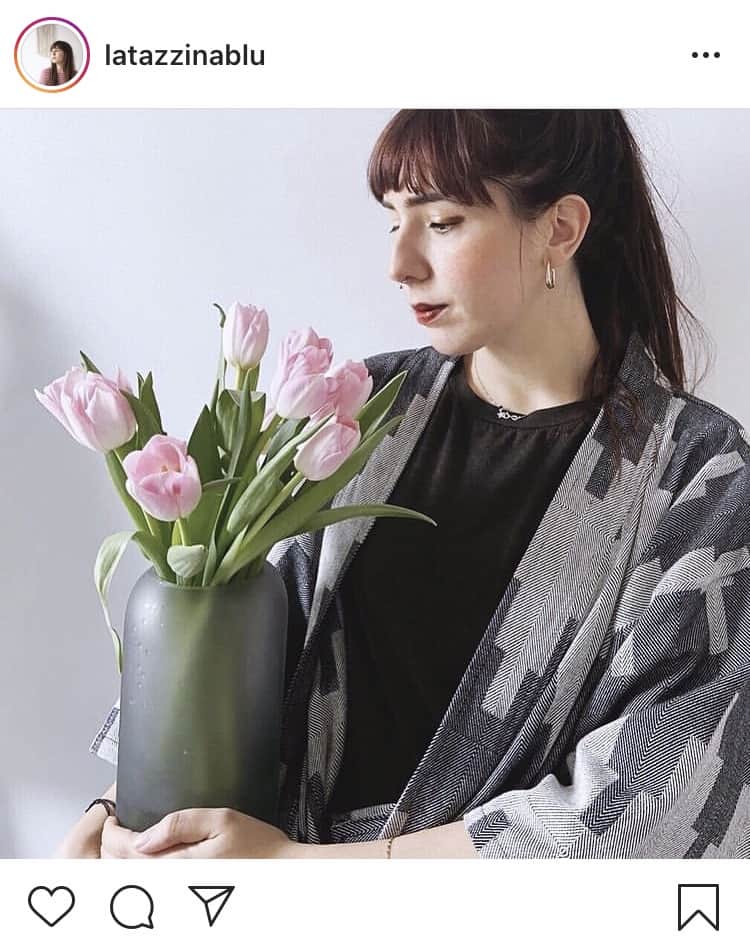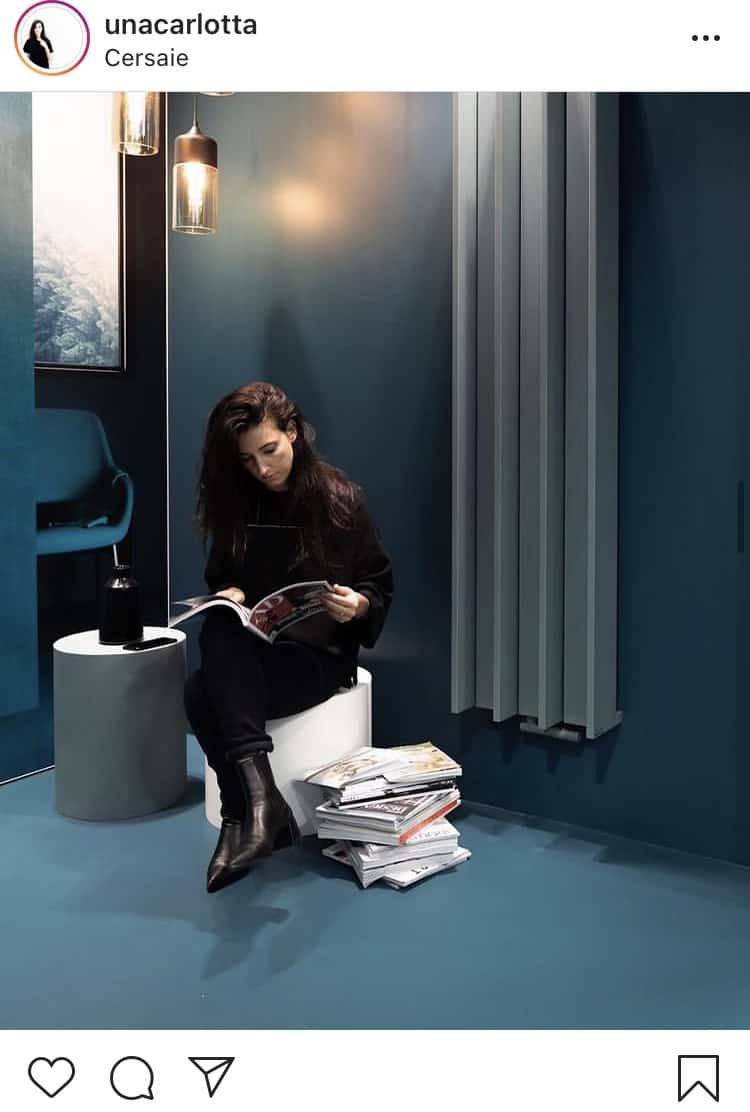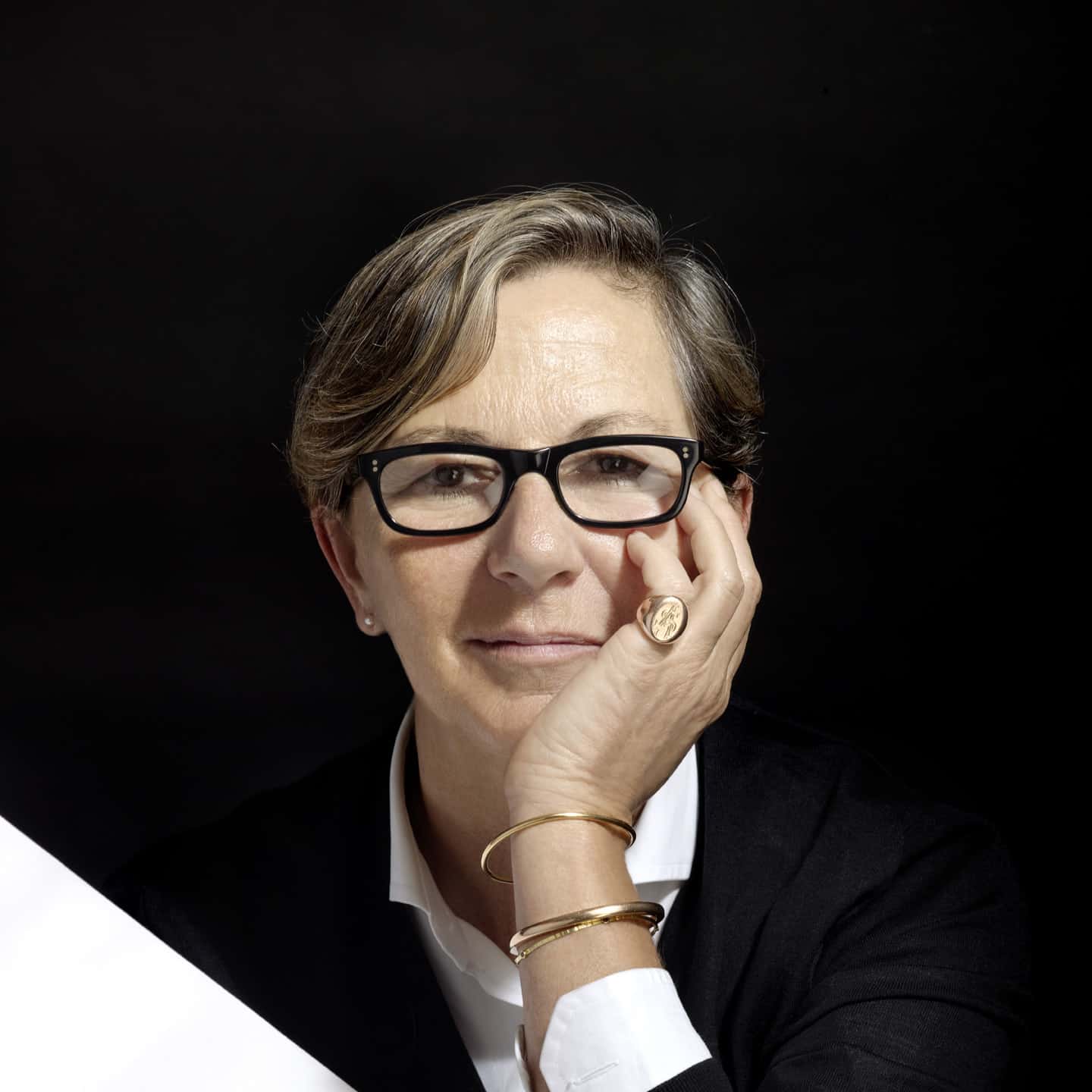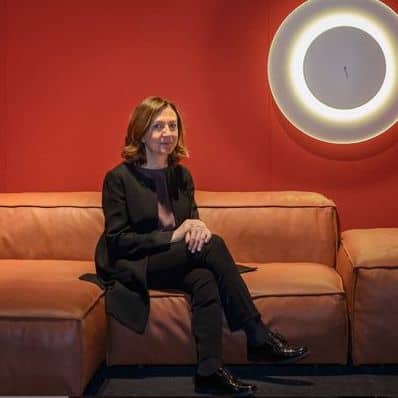Packing your bags and escaping from that busy city lifestyle to a summer or country house is one of the most exciting summertime pleasures. Waking up to a bright sky and bird sounds, in a house amongst a field of wildflowers is a uniquely happy feeling. But it is more...
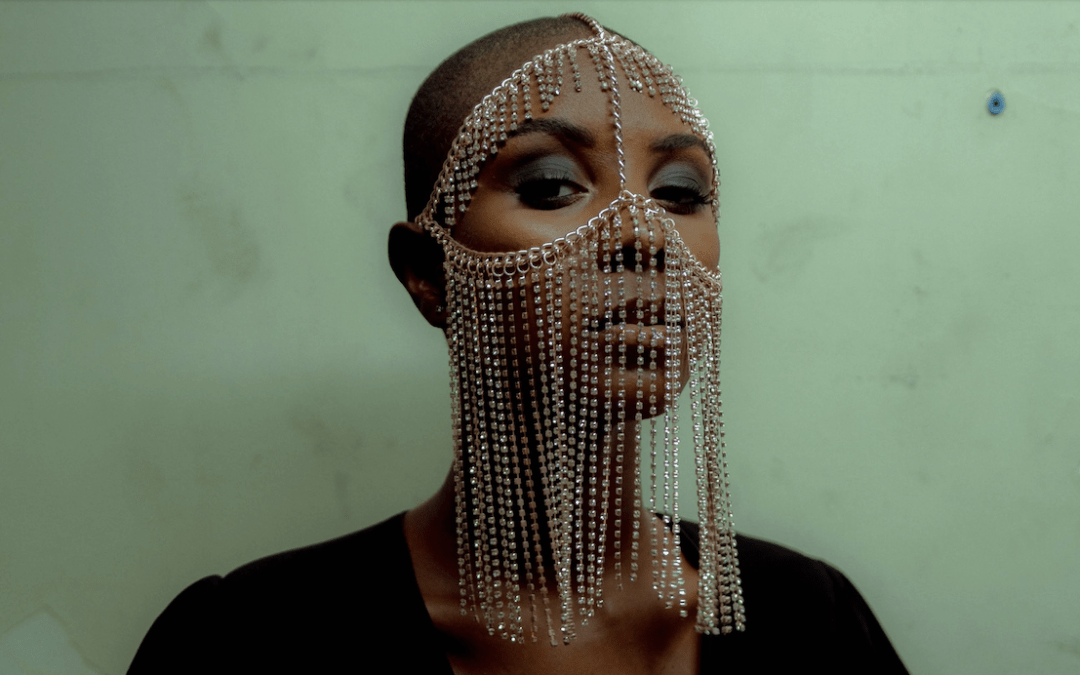
Growing it fast, keeping it slow: The digitalization of the jewelry industry
Growing it fast, keeping it slow: The digitalization of the jewelry industry
The pandemic was an eye-opener for many industries to rethink their processes. An industry facing a more substantial scope for digital advancement in both e-com and social media than others is jewelry, set to continue being one of the fastest-growing areas in the luxury industry. We are shedding a light on the digitalization of the jewelry industry and what fashion can learn from it.
Prior to the COVID-19 pandemic, the jewelry industry was all set for continuous growth, is considered one of the fastest-growing areas in the broader luxury industry. Its global market value in 2019 was almost 230 billion dollars and was originally forecast to reach nearly 292 billion dollars by 2025.
Considering the dramatic turn of events in 2020, such forecasts might sound too optimistic: repeated lockdowns have affected retailers globally and a GlobalData report states that this will have cost the global apparel market 297 billion dollars in 2020 – a 15.2% drop compared to 2019.
Status of the jewelry industry
Although the jewelry industry did not escape this fate, there is hope for recovery in 2021: The acquisition of Tiffany & Co. by LVMH Moët Hennessy Louis Vuitton SE, the world’s leading luxury products group, was finally completed in January 2021 at almost 16 billion dollars.
Moreover, Denmark enjoyed one of the best performing stock markets in the world despite the pandemic with jewelry brand Pandora topping the list. The brand noted an organic decline of 11% for the year, but its strong finish with 4% growth in the last quarter of 2020 makes for an optimistic outlook on 2021. Important in that regard is how online organic growth was at 104% making up 32% of total revenue.
As we explained in a previous article, the COVID-19 pandemic accelerated the need for the fashion industry to challenge many of its processes – from production to presentation and sales. This pushed the digitalization of the jewelry industry even further. However, the jewelry industry that had only taken baby steps into the digital realm, faced a more substantial scope for digital advancement in both e-com and social media.
In fact, the forecasts built on data prior to the pandemic noted a recent consumer shift toward online jewelry shopping and digitalization of the jewelry industry: the share of online jewelry sales in the US and Western Europe doubled in 2019, partly due to retailers relying less on purchases for special occasions such as weddings.
Shifting sales channels
A welcome preparatory shift in the light of 2020’s many wedding cancelations and introduction of a Zoom-era, accompanied by a jewelry trend of bold pieces to stand out on screen. In June, BCG already pointed out that the notable increase (14% in the US and 17% in China) of first-time online shoppers was a sign of accelerated sales channel shifts and the digitalization of the jewelry industry.
Particularly, mobile social media sales were expected to increase significantly, meaning that brands should focus on creating an optimal online presence with special customer attention through eg. customization and community-building.
“The jewelry industry has always been a bit behind on fashion, which is why the sector freshly finds itself in the midst of the digitalization process right now.”
Says Pernille Møbjerg Knudsen, founder of The Jewellery Room, an international platform connecting the consumers with the most significant jewelry brands. “Buying habits are changing as shopping barriers are overcome and consumers now feel more secure buying jewelry online.”
Building a trusting community
In 2020, The Jewellery Room went all-in on the digital front and decided to move from their former focus on B2B to a solely B2C approach with the website acting as a marketplace. “The Jewellery Room is already an established platform for the brands, so now we aim to evolve toward being a trusted source for consumers,” Møbjerg Knudsen explains, noting the need for expertise and trust with regard to fine jewelry purchases.
Møbjerg Knudsen envisions a different integration of The Jewellery Room and fashion weeks than what has previously been done. “Due to the digitalization, fashion weeks have recently become accessible to all, it’s no longer an exclusive universe as the consumers make up the audience. So there has been a natural shift toward B2C in that sense.”
“Fashion weeks are no longer an exclusive universe as consumers make up the audience. Digitalization has caused a natural shift toward B2C”
– Pernille Møbjerg Knudsen, The Jewellery Room
The aim of The Jewellery Room is to remain active during fashion weeks but with a different format, feeding the newly developed digital universe with the DNA from their previous physical participation in the fashion industry.
“We really strive to build a trusting community,” she says. “Many believe that fine jewelry should be sold online in a similar manner as clothing. I don’t think such an approach would succeed. Craftsmanship and expertise are highly important and respected when it comes to jewelry. The jewelry industry doesn’t work with collections and seasons in the same way as fashion – almost eliminating the risk of overproduction.”
Focus on ethics and sustainability
Lowering the threshold for fine jewelry and making it more accessible to consumers with less income to spare due to the repercussions of the pandemic, is one aspect. This shifting consumer sentiment regarding personal finances means people are not only less likely to spend money on fashion items, but there’s also a bigger focus on value, writes BCG in its research.
This mindset which was widely adopted during the pandemic is likely to last and aligns with Møbjerg Knudsen’s focus on expertise: a growing consumer base attaches more importance to ethical and sustainable products from purposeful brands. Sustainability is a hot topic these days – and the jewelry industry might just be more sustainable than most people think: it is slow in nature as opposed to the heavily critiqued fast fashion industry. According to Pernille Møbjerg Knudsen from The Jewellery Room:
“The beauty of jewelry is that if it doesn’t fit, it can be adjusted – and if it isn’t sold, it can be melted into a new piece. There is no waste”
“Fine jewelry doesn’t play the discount game. It relies on quality,” says Møbjerg Knudsen. “The industry deals with just a few – greatly regulated – producers and suppliers, and the material costs working with precious metals are high, leading goldsmiths and producers to recycle gold and even collect gold dust. The up-cycling opportunities are endless. The beauty of jewelry is that if it doesn’t fit, it can be adjusted – and if it isn’t sold, it can be melted into a new piece. There is no waste,” says Møbjerg Knudsen.
One of the big players in the jewelry industry, Pandora, recently announced its ambition for a circular economy aiming to use 100% recycled silver and gold in their products by 2025 – right now it stands at 71%.
Bridging the gap
When sisters Pernille Møbjerg Knudsen and Charlotte Møbjerg Ansel-Henry started The Jewellery Room back in 2015, they wanted to bridge the gap between two industries. They noticed the growing importance of jewelry in catwalk looks and felt there was more use in integrating the field in the fashion weeks than organizing jewelry fairs as an afterthought. The sisters succeeded.
But is it really only the jewelry industry that would benefit from a further integration? Seeing the current developments, it looks like the fashion industry has much to learn from the jewelry industry when it comes to slowing down and introducing a circular economy. “The two industries can learn and benefit from each other,” says Møbjerg Knudsen.
Image of Pernille Møbjerg Knudsen: Chris Tonnesen
Sarah is the Lifestyle Researcher for the Danish market at VOCAST. She is very passionate about the fashion industry and along with her work at VOCAST she studies Communication at Copenhagen Business School.
Wided is the Lifestyle Researcher for the Belgian and Dutch markets at VOCAST. She’s a Belgian editor and author with a background in journalism. In London, she established a career in digital marketing for fashion and interior design brands. When she’s not working or studying for her Master’s, you’ll find her in front of a canvas, paintbrushes in hand.
SIGN UP TO OUR NEWSLETTER
Get free knowledge on how to optimize your B2B marketing & new product releases.
RELATED POSTS
Summer Escape: a guide to country & summer houses
Salvatori launches Digital Showroom powered by VOCAST
Salvatori is an award-winning Italian design company specializing in natural stone and creating innovative products for every part of the home. Since 1946, innovation is entrenched in the DNA of the company. Drawing on the very best of Made in Italy values and...
How ATP Atelier shares great pieces of content with their B2B partners
Content marketing is one of the most effective methods of developing brand presence, growing an audience, and driving sales for many brands. Consistency in brand messaging is one of the many factors that determine growth and control over a company’s narrative. Strong...







